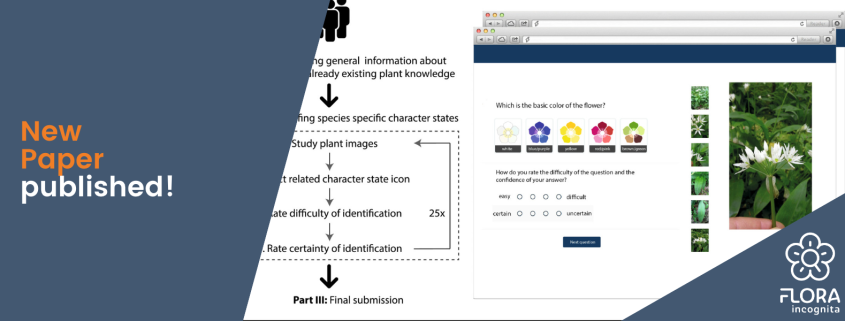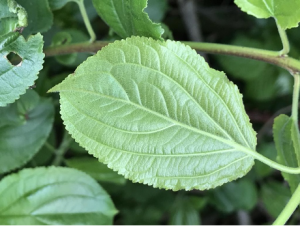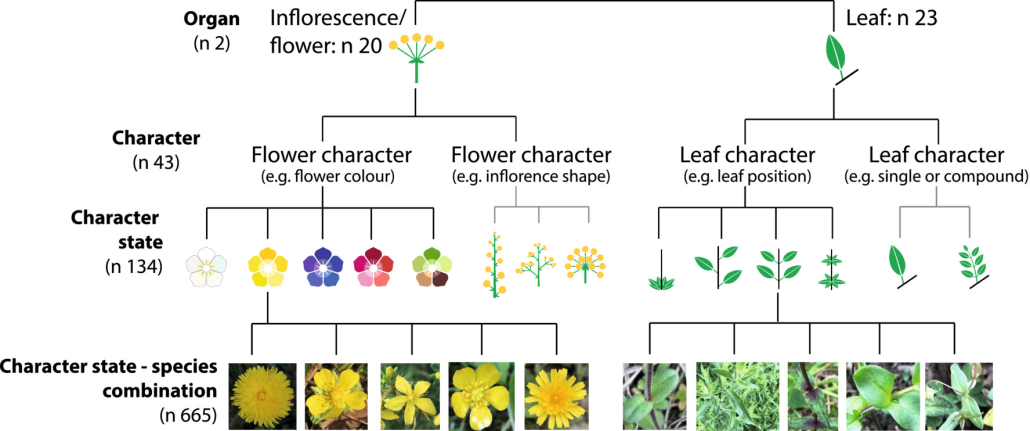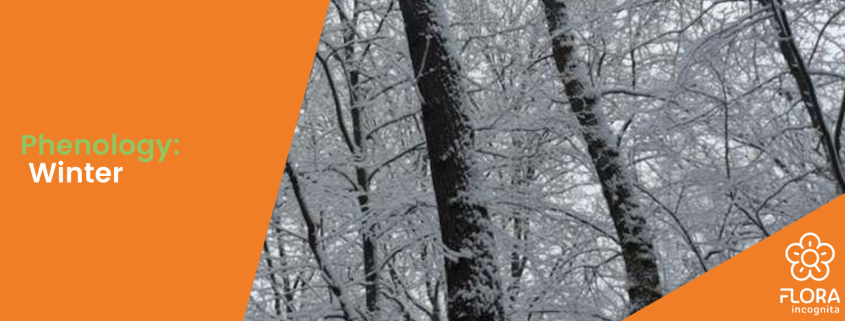Winter aconites in the Rautal valley near Jena
The Rautal – yellow wonderland
The Rautal valley near Jena is known far beyond the borders of Thuringia for its unique mass occurrence of the winter aconite in Central Europe. The yellow carpet of blossoms spreads over almost five hectares and grows larger every year. As soon as the first strong rays of sunshine warm the ground and the days become longer again, the small flowers germinate and cover the otherwise still bare forest floor with their intense shade of yellow. The winter aconite was probably brought to the Rautal as a root bulb together with vines from Southern Europe. It was first mentioned there in 1803.
Accompanying heralds of spring
The hardwood forest, which is home to the mass occurrence of the winter aconite, has been a protected landscape since 1965 and covers an area of 4.3 hectares. In addition to the winter aconites, more than 120 different vascular plants occur in this area, signifying a high species richness for a forest. Among the estimated 1.6 million winter aconites, there are also individual occurrences of liverworts, lungworts or mullein in spring.
Explore the trail of winter aconites
To see the “yellow wonder”, many people make their way to the Rautal valley on sunny spring weekends. For this reason, a hiking trail leading to the winter aconite has been established. It leads through mainly beech forest, past outcrops of rock and, with only a slight incline, leads to the best views of the sea of yellow. However, good footwear is recommended as the path can often be muddy. The trail starts at the road between Jena and the village of Closewitz and can be extended as far as desired through the adjacent “Windknollen” nature reserve.
Documenting plant diversity with Flora Incognita
Did you know? The flowering of the winter aconite is a good indicator for monitoring the phenological seasons throughout Germany. If you have shared your location with Flora Incognita and identify a winter aconite (or other early bloomers), you are making an important contribution to the preservation of plant diversity!
This article was displayed as a story in the Flora Incognita app in winter 2022/23. In the app you can always find exciting information about plants, ecology, species knowledge, as well as tips and tricks for plant identification. Check it out!







